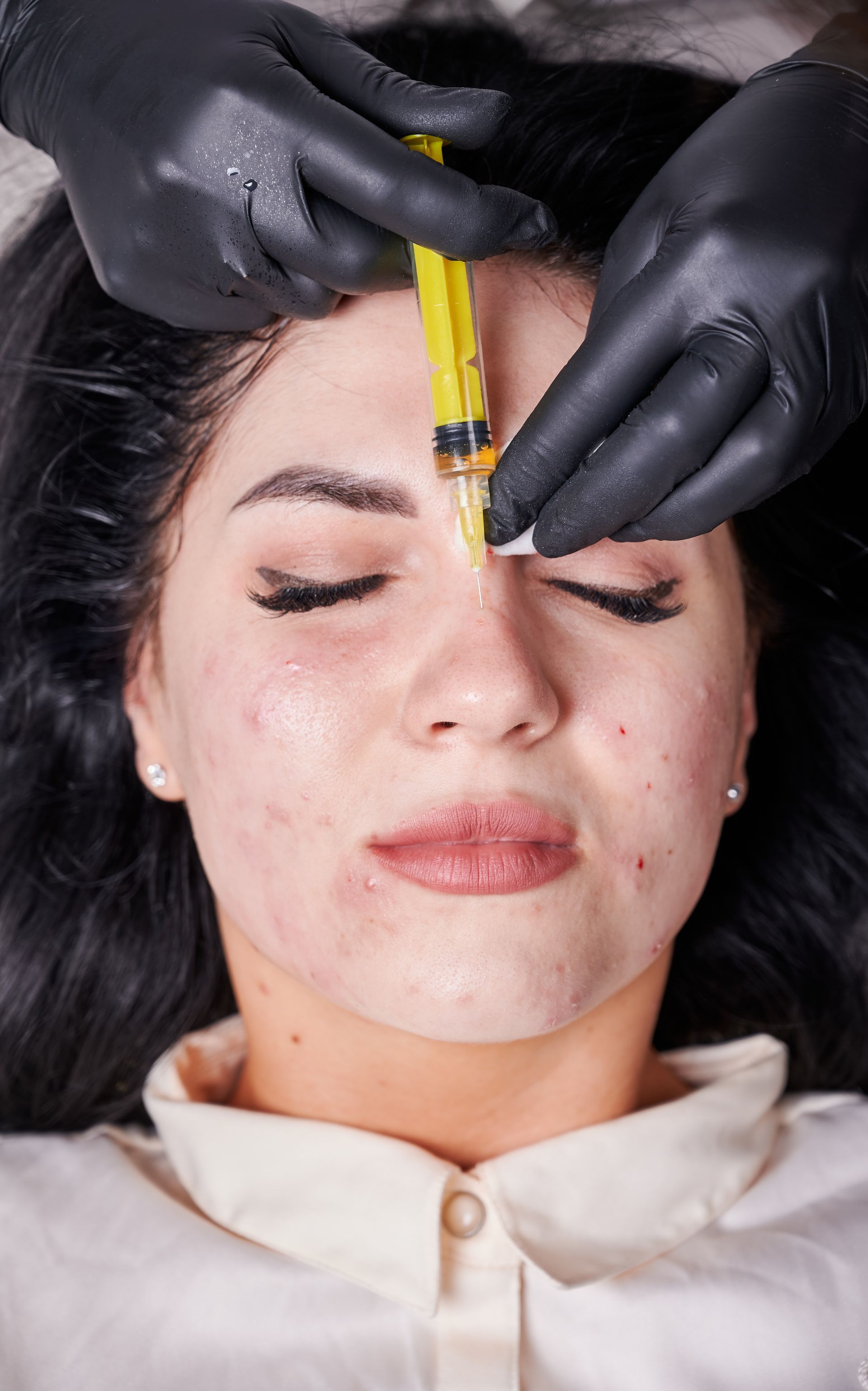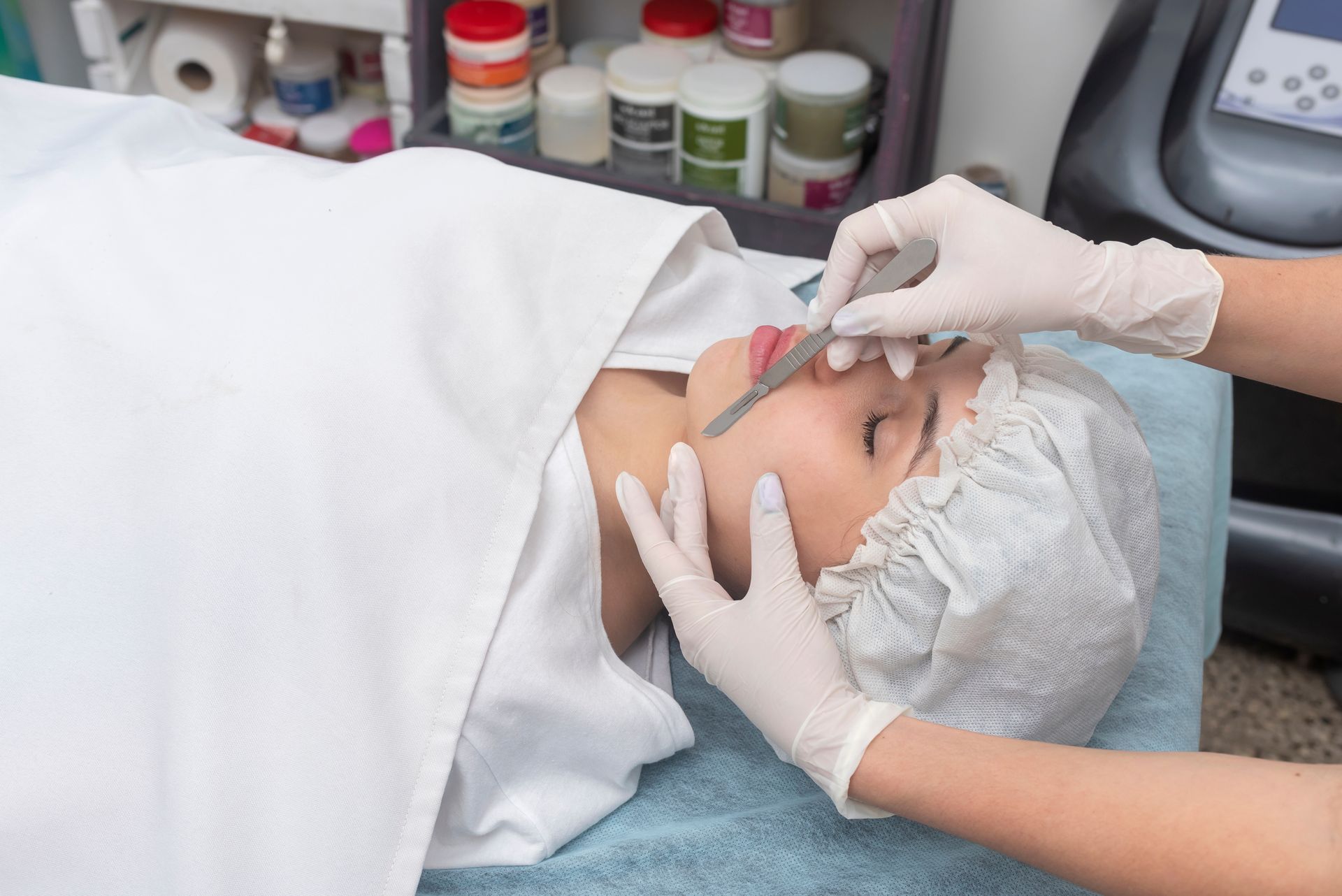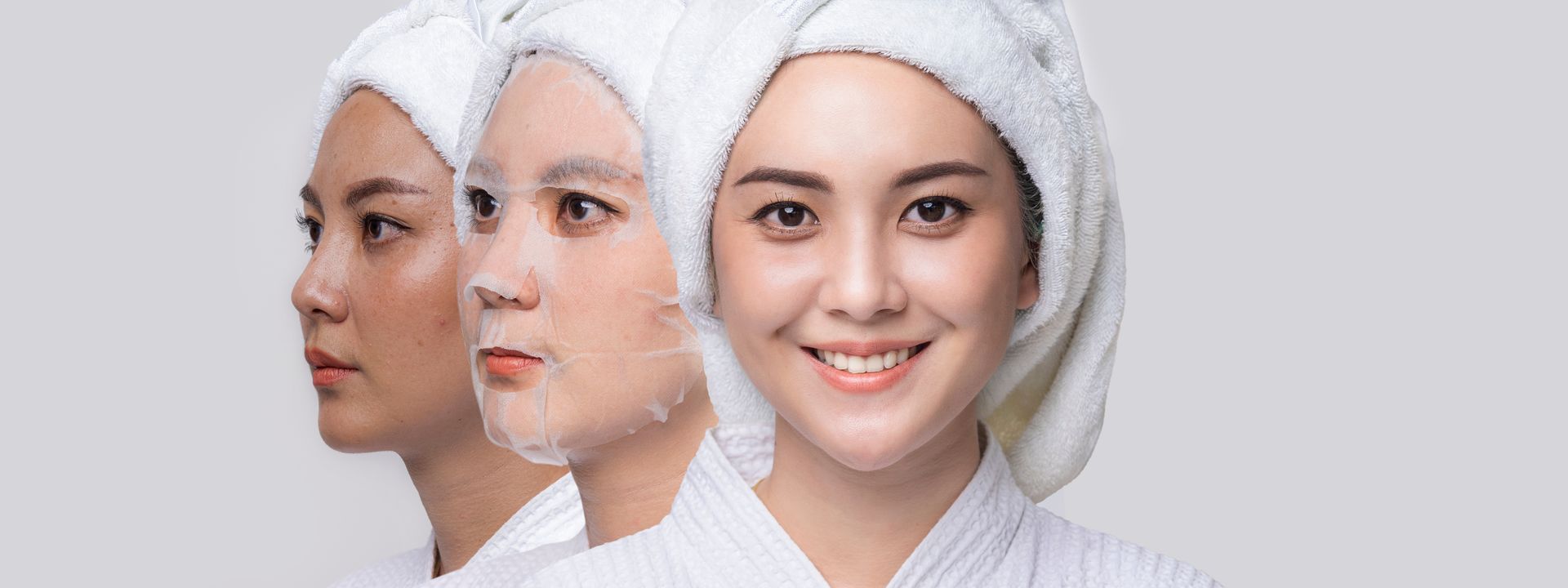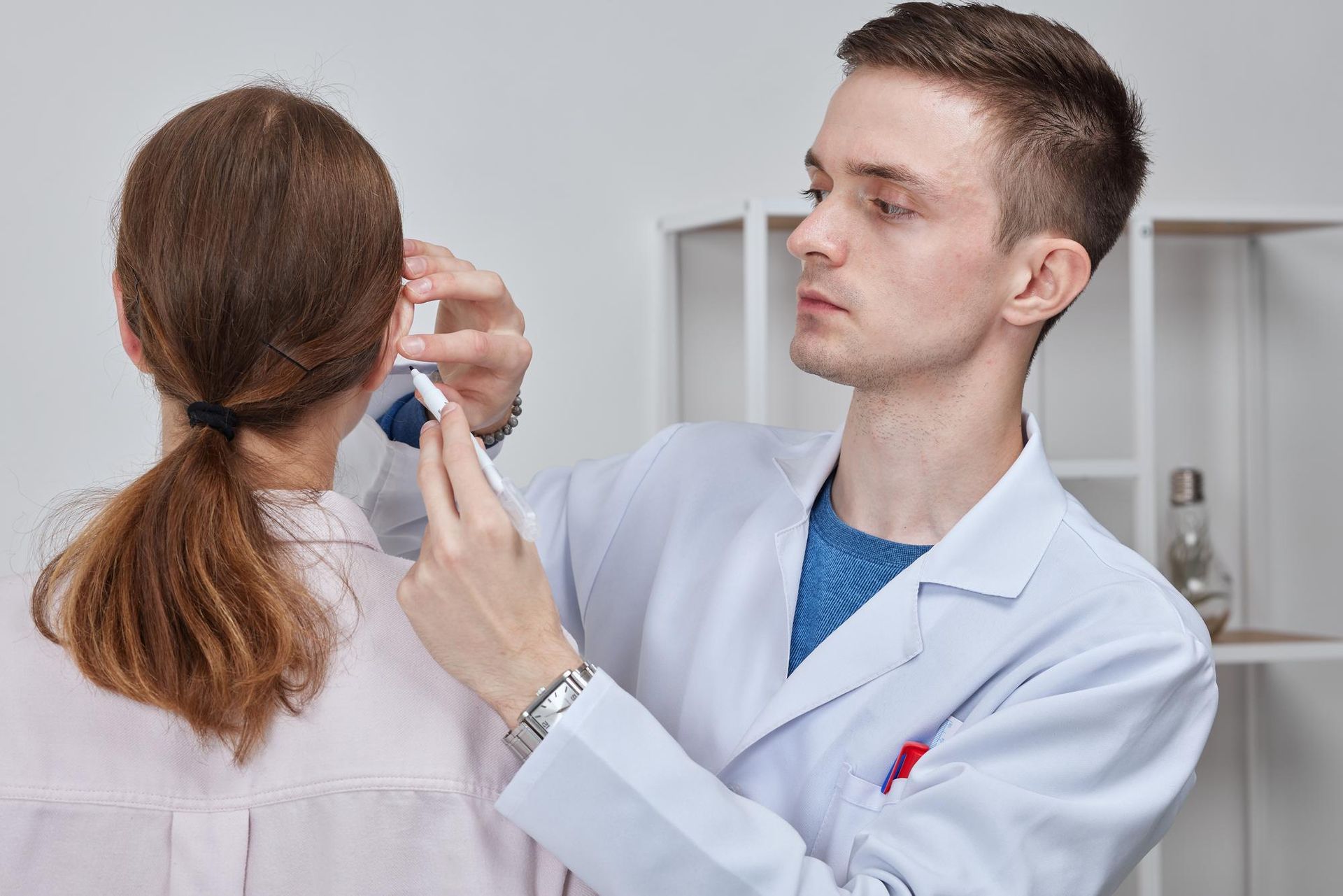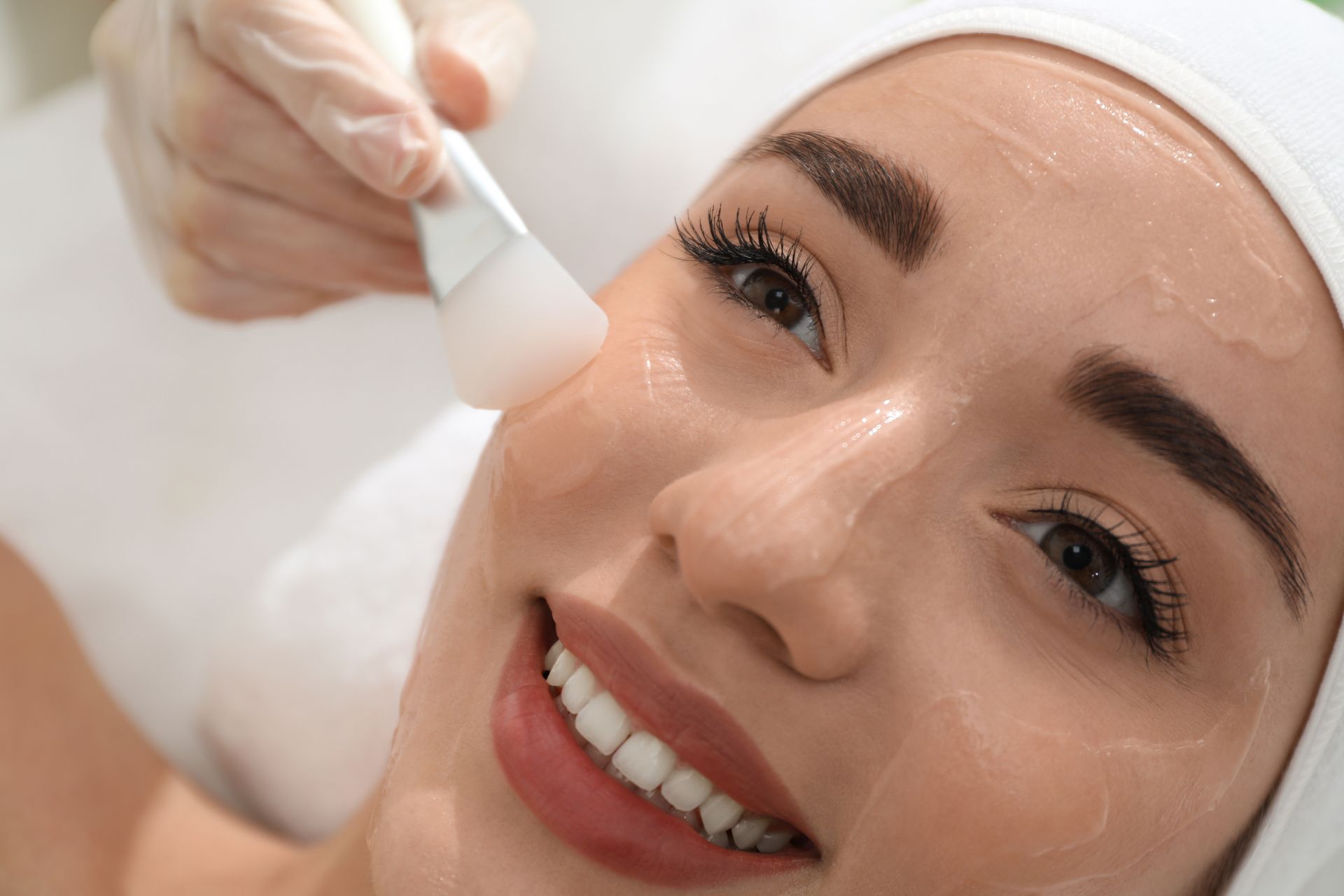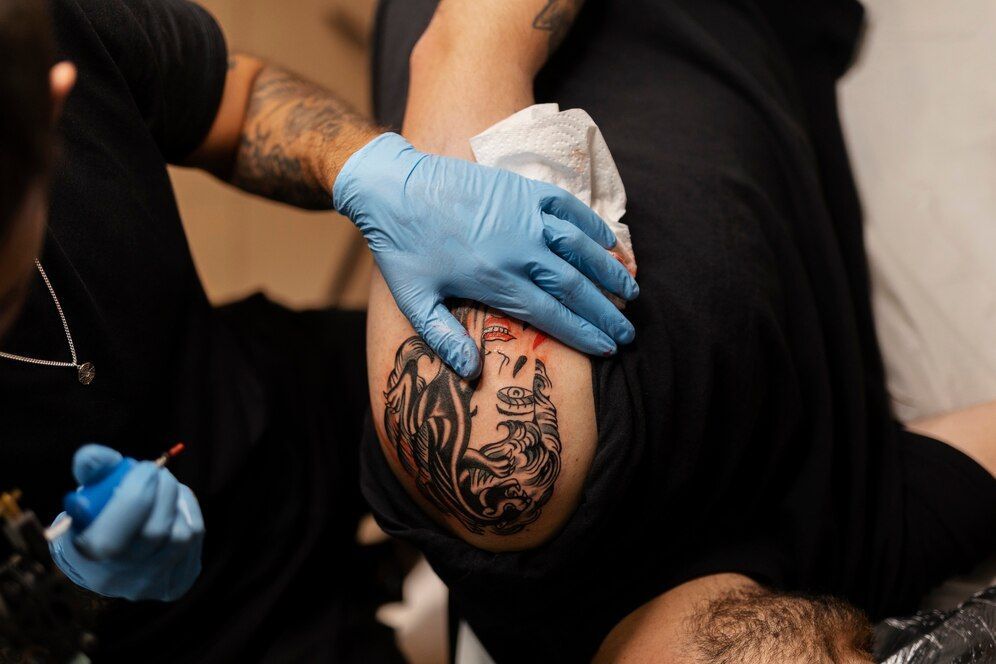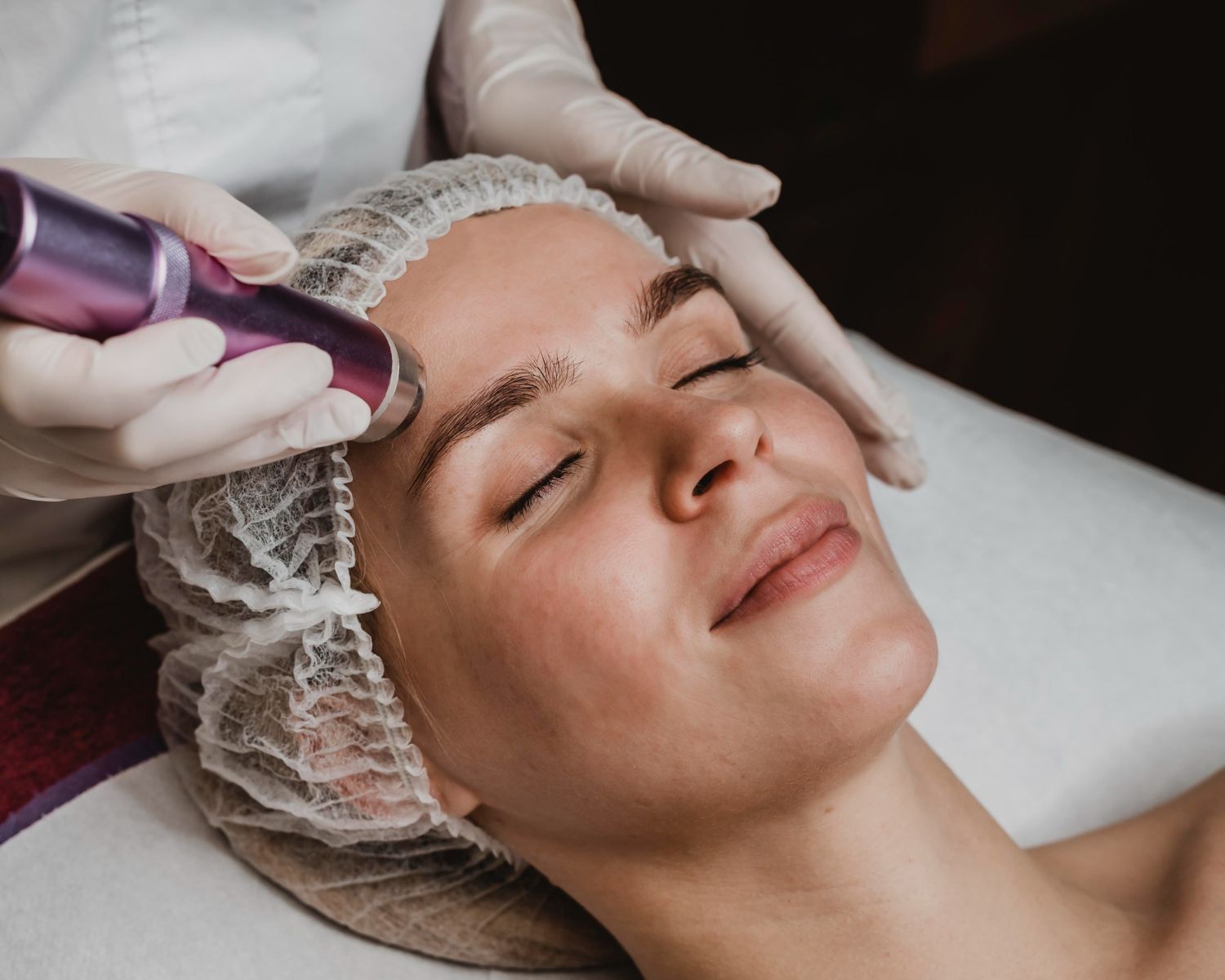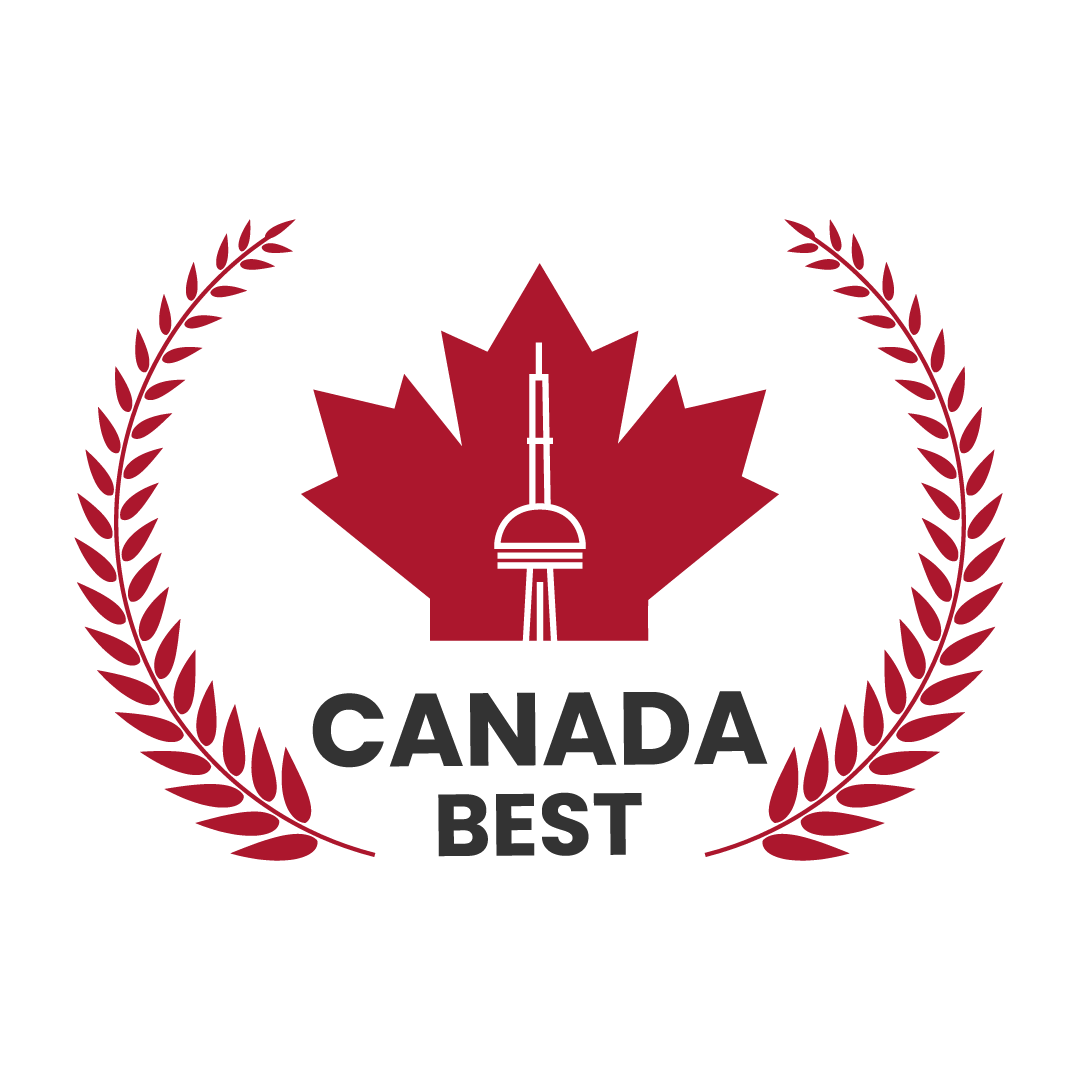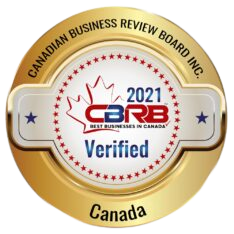Everything You Need to Know About Mole Removal
Moles are common skin growths, and it is not surprising to find up to 40 of them on your body. While most have no cause for alarm, some can put you at risk for certain cancers. This is one of many reasons why mole removal is a popular treatment.
While moles and skin growths can be a health concern, they are often also just something that is aesthetically unpleasant to the host. Whatever your reasons for exploring mole removal , we have some additional information to help you make the best choice for you.
Why Remove a Mole
Most people remove moles for health and cosmetic reasons. If you suspect that a mole is cancerous, get it checked and quickly removed.
In most cases, existing moles are benign, while new growths can be dangerous. The mole may be cancerous if it falls within the following descriptions:
- does not have a uniform colour
- keeps changing in size, colour, and shape
- is asymmetrical
- has irregular borders
- if it has a diameter larger than 6mm
If you notice any of these, you will need to talk to a doctor. The dermatologist will run checks to decide if he or she needs to test the skin further.
Another reason people have moles removed is that they want clear skin. Some moles appear on visible areas of the body which draws attention to regions that may be uncomfortable or embarrassing to the individual.
Finding the Right Treatment
There are many options for removing moles including shave removal, laser mole removal treatments, excision, chemical peels, and cryotherapy. We will focus on one of the most recommended treatments, cryotherapy.
Cryotherapy is commonly referred to as liquid nitrogen treatment (LN2) and was initially used to treat benign moles, warts, and skin tags. More recently, the treatment has become the ‘go-to’ for getting rid of precancerous moles.
LN2 is a minimally invasive skin treatment that involves using pressurized liquid nitrogen to freeze moles and skin tags. Liquid nitrogen is sprayed on the affected area, and after a few minutes, the mole or tag will experience a process similar to frostbite.
The frozen tissues likely form a blister within a day or two before scabbing and falling off. The sloughing of the scab can take a week or two and follow-up is recommended.
The Benefits of LN2 Treatment
Liquid nitrogen treatment has many benefits over surgical interventions with some of these as follows:
- high success rate: The treatment has been successful in completely removing moles with minimal risk of side effects when performed by an experienced dermatologist.
- quick process: Liquid nitrogen treatment is fast, only taking a few minutes from start to finish.
- no downtime: After receiving treatment you can resume your normal daily routine but do be aware that the treated area(s) may be tender for a few days.
- minimally invasive: The treatment does not require any incisions or punctures to the skin which means minimal discomfort.
Get in Touch With the Best Team
Are you thinking about how to remove moles from your skin? Engage the services of a dermatology clinic with proven records and a high success rate.
When you trust Derm.ca with your skin, you are assured of safety and success. The several years of experience, knowledge, and expertise reflects in our work.
Call us at 403-457-1900 or complete our contact form to rid yourself of risky moles and tags today!
The post Everything You Need to Know About Mole Removal appeared first on Derm.ca.



